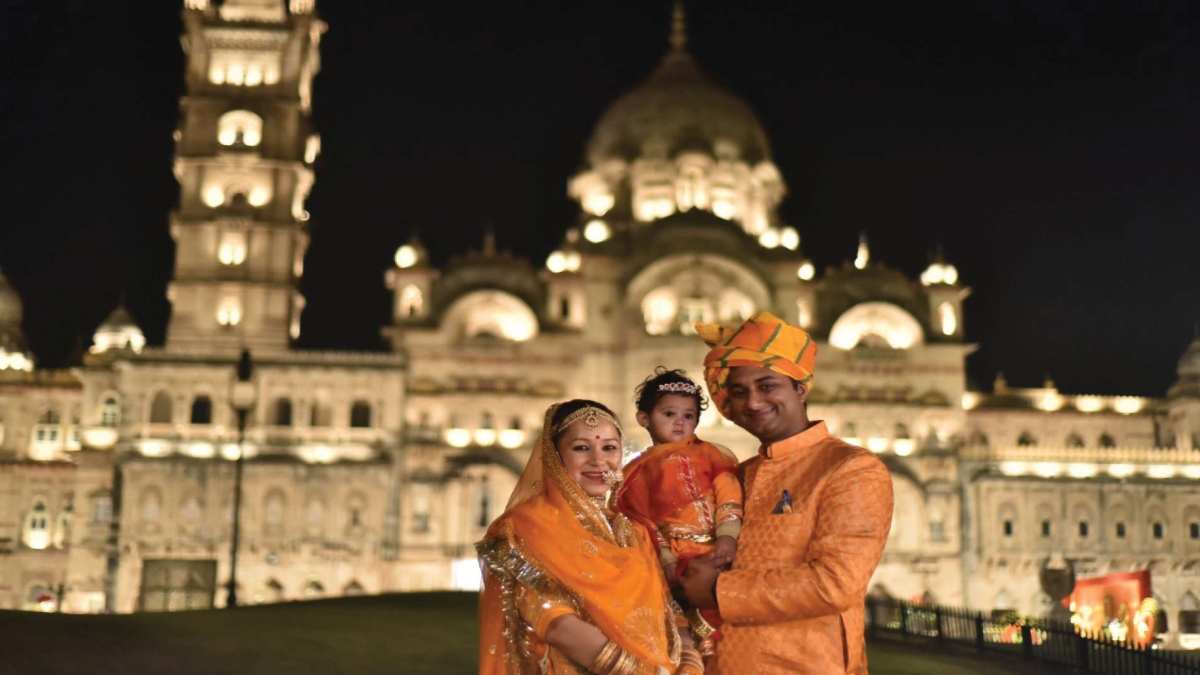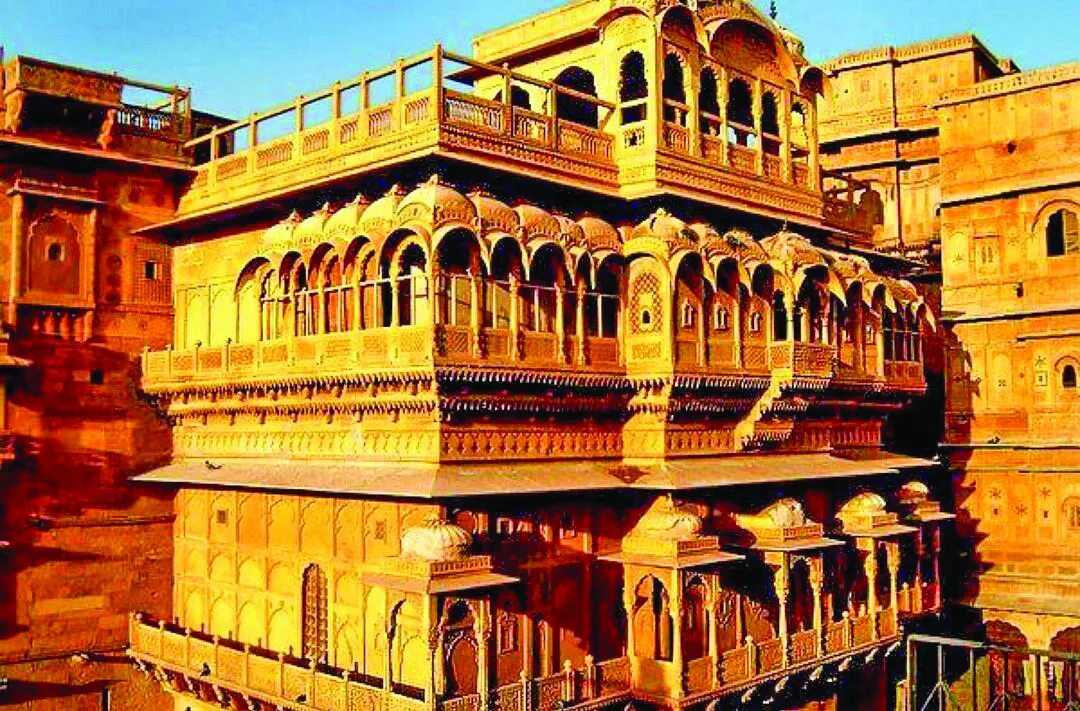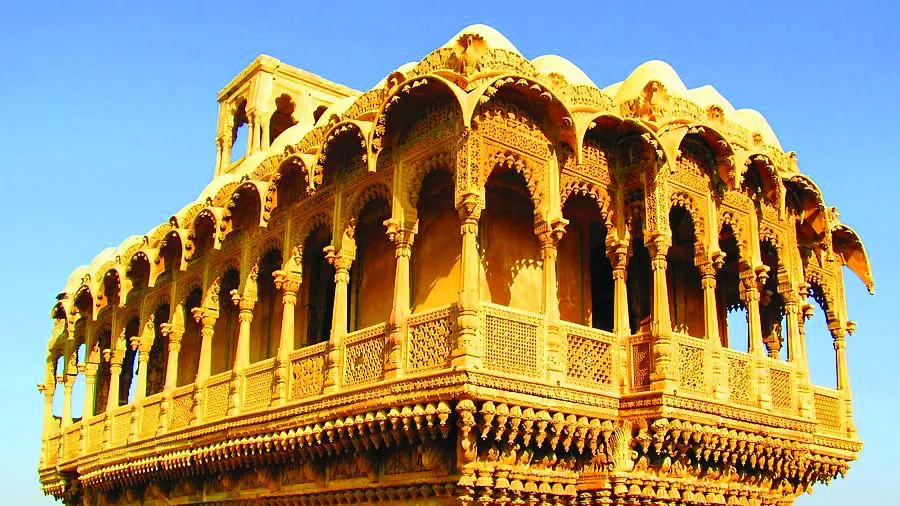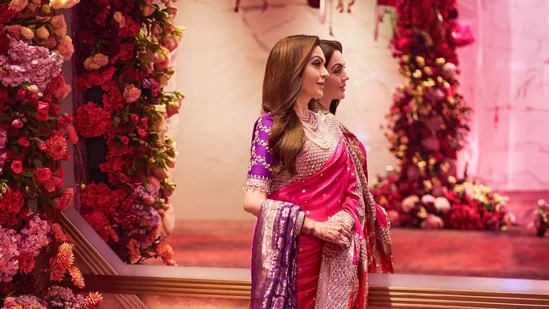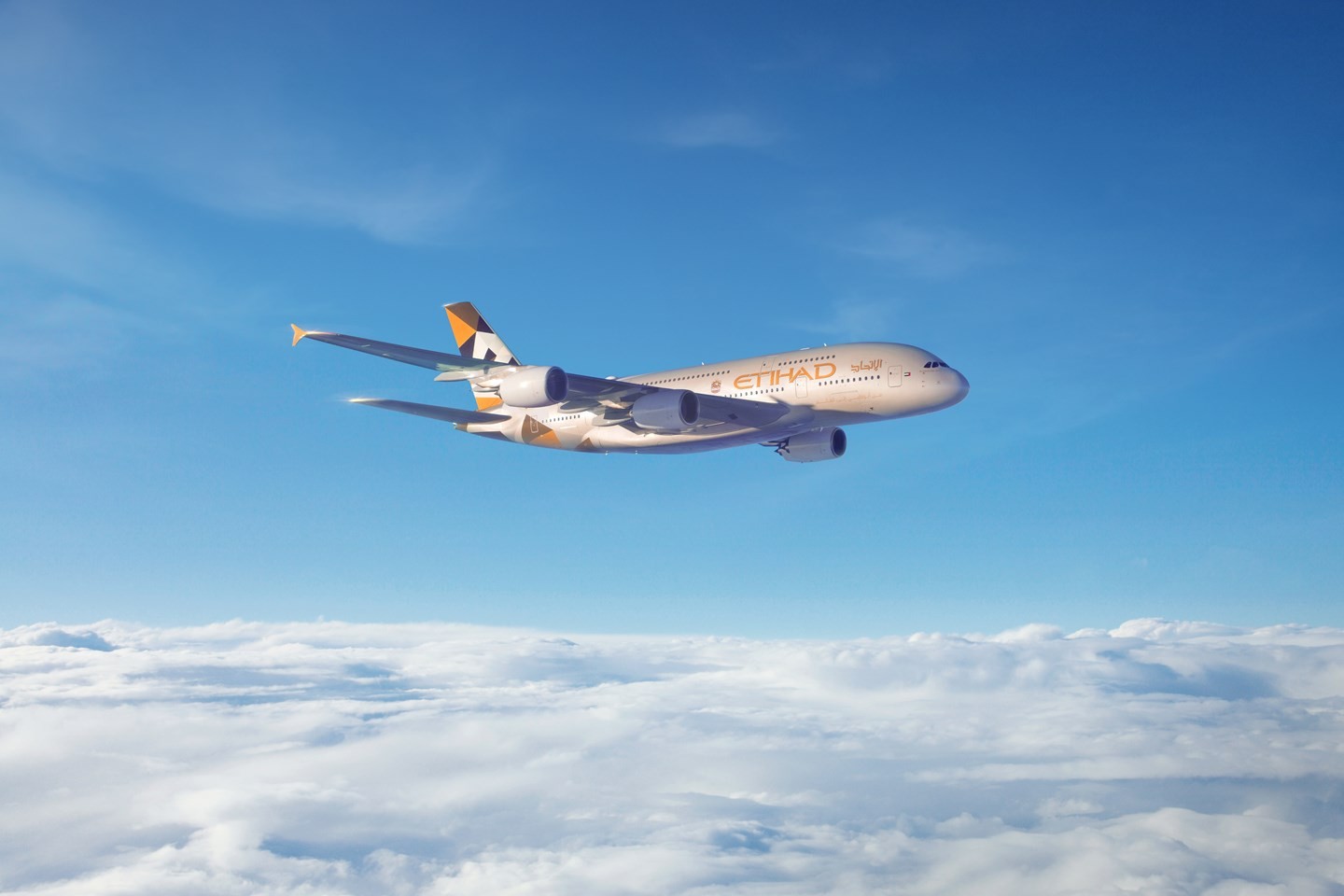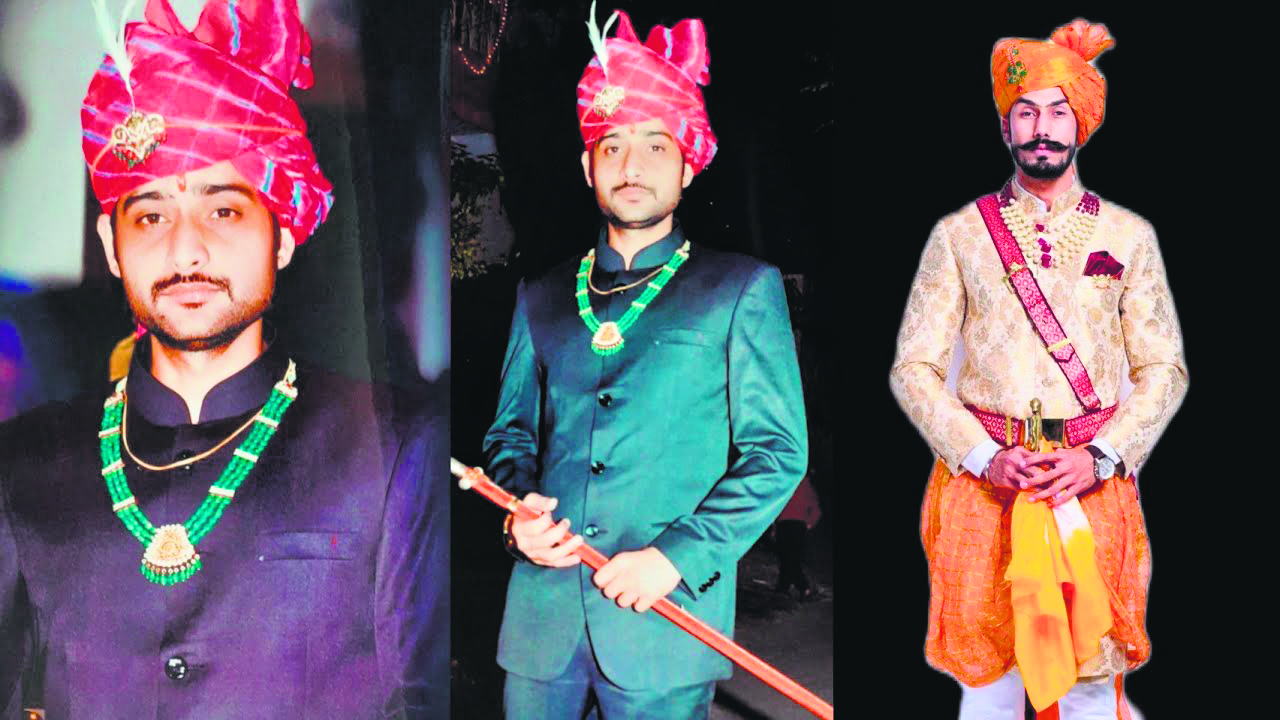 The royal family of Rewa
The royal family of Rewa The Rewa horses
The Rewa horses Rewa Fort
Rewa Fort Tansen
Tansen The Prince of Rewa
The Prince of Rewa
 Maharaja Venkatraman Singh
Maharaja Venkatraman Singh Birbal
Birbal
Blessed with natural beauty, this 17 Gun Salute state is strategically located on the north-western side of Madhya Pradesh and was the third wealthiest principality of the Central India Agency during the British rule. Known for her lush greenery, enchanting Rewa is also home to Mohan — the world-renowned white tiger. Maharaj Martand Singh spotted him in Rewa and domesticated him when he was a cub. Interestingly, Rewa derived her name from the great River Narmada, that is also known as Rewa.
The princely state was founded in about 1400 by Baghel Rajputs who descend from the Solanki clan, which ruled over Gujarat from the tenth to the thirteenth century. As such they are the descendants of one of the greatest rulers of pre-medieval India, Emperor Siddhraj Jaisinh of Gujarat, whose rule extended till Karnataka. The Bandhavgarh state is believed to have been found by Maharaj Shaktivardhan Deo. Their royal residence and the Baghel capital was Bandhavgarh till 1597 when the ruler shifted it to Rewa. Vyaghra Deo, brother of the ruler of Gujarat, is said to have made his way into northern India about the middle of the thirteenth century and obtained the fort of Marpha. His son Karandeo, married a Kalchuri princess of Mandla, and received in dowry the fort of Bandhogarh. The Rewa Fort houses the premier ancient temple of Mahamrutyunjay that is one-of-its-kind on the planet.
Rewa’s royal cuisine has some exquisite dishes. The Bagheli Gravy cooked with chicken/ mutton is mouth-watering. The alluvial rich landscape has brought forth some unique dishes like Kathal Masala (marinated spicy Jackfruit to be had with wheat or rice) and Kamal Kakdi (Lotus Root) Kebab. The present head of the Royal Family: HH Samrajya Maharajadhiraja Bandhresh Maharaja Pushpraj Singh Ju Deo Bahadur is a food connoisseur himself and plays an active role in preserving the age-old family recipes and making sure it is passed on to the coming generations. He has held several events to promote royal cuisine. My father was privy to one of those in Delhi and he relished the food thoroughly, he quoted, “It is extravagant and superbly aromatic.”
Emperor Akbar was given refuge at Bandhavgarh (the then residence of the Baghel Dynasty) at age 10 when his father Humayun fled India following his expulsion by Sherhah Suri. Prince Ramchandra Singh and Akbar grew up together as royal heirs. Maharaja Ramchandra Singh and Akbar remained friends. In the mid-1550s, Maharaja Ramachandra Singh Baghela maintained a musically talented court including the legendary Tansen. Two of the Navratnas of Akbar, Tansen (originally named Ramtanu Pandey) and Birbal (originally named Mahesh Das) were sent from Rewa by Maharaja once Akbar became the Emperor of India.
The family has had alliances with almost all major royal families of Rajasthan. They’re Udaipur, Jodhpur, Jaipur, Bundi, Ratlam, Bikaner, Bansi, and Kishangarh. Outside Rajasthan, they had alliances with the royal families of Bhadawar, Dumraon, Kutch, and Nagaruntari.
Maharaj Venkataraman Singh who ascended the throne at the tender age of 4, contributed greatly towards the war effort during World War-I making the provision for the “Solanki Squadron” of the Army Air Service. Hon Lieut-Col. IA 1/1/1915. He was a great patron of arts and culture like his ancestors and also a progressive ruler who greatly cared for his subjects. His son Maharaj Gulab Singh ji is credited with forming one of the first responsive governments in princely states providing the citizens of Rewa the right to question their monarch’s decisions. He was also the first ruler to declare Hindi as the state language.
Maharaj Martand Singh was also an Indian wildlife conservationist who worked hard to preserve the dwindling population of tigers in the area. Soon after becoming Maharaja, the late his highness set about conserving Rewa’s forests and tigers. It was during these conservation efforts that he came across Mohan, as a cub. Fascinated by the rare breed of white tiger which was native to Rewa, he worked to protect the species and making the region poacher-free. After the abolition of royalty, the late his highness represented Rewa in the Lok Sabha for 15 years. The Government of India awarded him the third-highest civilian honour of the Padma Bhushan, in 1986, for his contributions to society. His highness was ecocentric, gentle, and well-read. He was a good raconteur, especially when it came to jungle and tiger stories.
Sri Yuvraj Maharajkumar Divyaraj Singhji Ju Deo Sahib Bahadur is a two-term BJP MLA from Sirmaur and is devoted to the well-being of citizens, just as a monarch would be to his subjects.

